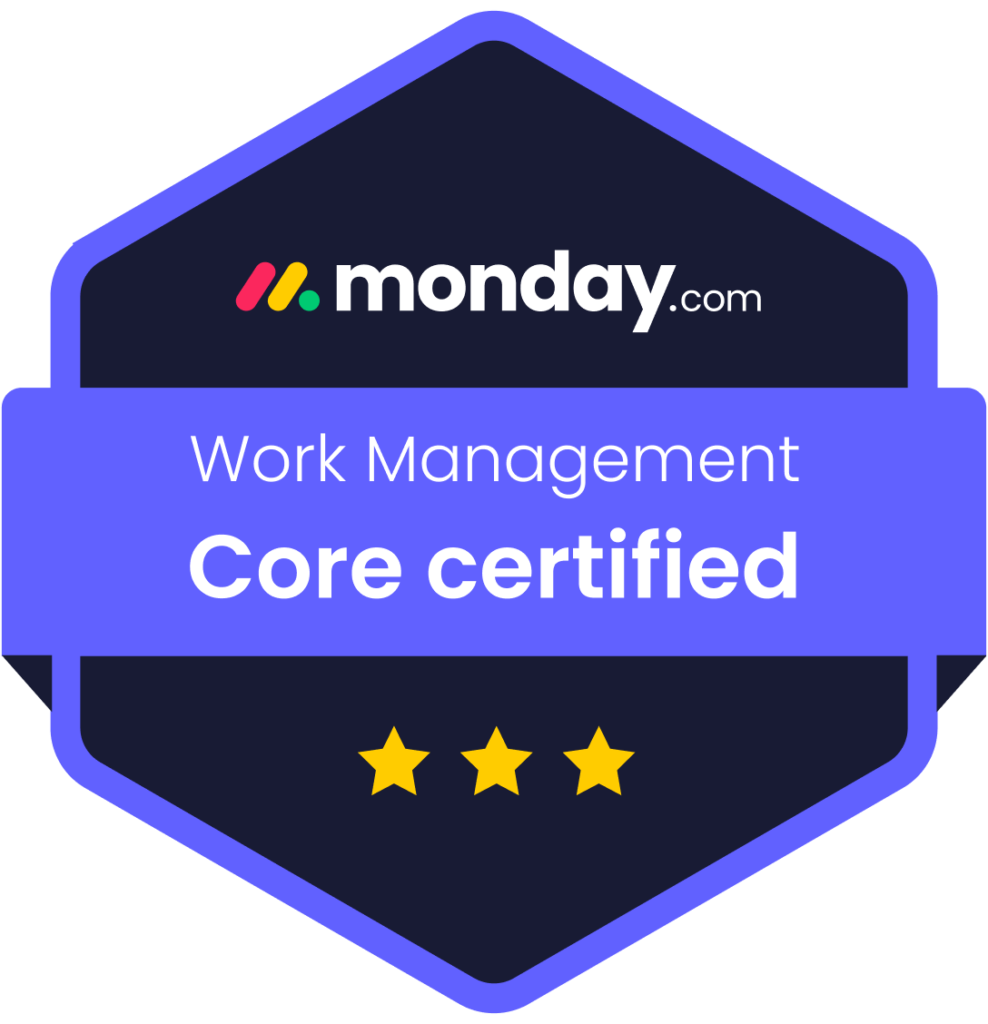Driving more traffic is the foremost goal of any e-commerce website. However, the challenge lies in bringing visitors to your site without investing in advertising and marketing. The solution to this is mastering e-commerce SEO. Here are the top five best SEO practices to stay ahead of the competition.
Perform Keyword Research Focused on Buyer Intent
You can optimize your website after identifying the keywords your target audience is searching for. Your page will appear in relevant search results for generating higher-quality leads.
Begin with a list of keywords closely related to your products or services. There can be broad terms based on the product or service you sell. You can use keyword research tools, like SEMrush, Ahrefs, Google Keyword Planner, etc., to expand your list with the related long-tail keywords. These longer phrases often have a higher conversion rate because they attract further users in the buying cycle.
Search or user intent can also help you select the right keywords for your website. Perform keyword research on informational, commercial, navigational, and transactional keywords. Align your keyword strategy with the different stages of the buyer’s intent. It can attract the right traffic to increase the likelihood of conversions.
Analyzing each keyword’s competition and search volume is important for keyword research. SEO tools provide valuable insights into the difficulty level of ranking for specific keywords and the estimated search volume. It helps to prioritize your efforts to focus on the most valuable keywords.
Optimize Your Product Page
Craft a product page with detailed product descriptions for SEO and a stellar user experience. Use your target keywords naturally in the descriptions. Avoid keyword stuffing, which can harm your ranking and turn off potential customers. Your keywords should provide valuable information to organically address clients’ concerns and queries.
Use high-quality images to showcase your products and services. Optimize these images by compressing file sizes for faster load times. Use descriptive alt text that incorporates relevant keywords for a better ranking. Display customer reviews and ratings on the product pages, as it can improve your SEO by adding fresh, relevant content. It also leads to greater customer trust, which can help with conversion.
Implement schema markup so search engines can better understand and interpret your content. Schema makes the listings more appealing and informative to potential customers with detailed product ratings, pricing, and availability.
Improve Site Architecture
When determining search rankings, Google’s algorithm considers UX factors like page speed, mobile-friendliness, navigation structure, etc. Improve your site architecture to make navigating easy. It should provide an intuitive path from the homepage to the desired product pages. The best e-commerce sites take you to the desired product in three clicks or less.
A flat site architecture, where the pages are closely linked to the homepage, is generally preferred over a deep hierarchy. It reduces the number of clicks required to reach the desired content and prevents the dilution of link authority as users go deeper into the site.
Avoid long, complex URLs with irrelevant parameters. Provide a simple top-level navigation menu linking to main categories. Also, use breadcrumbs to help users orient themselves.
Google uses mobile-first indexing; your site must work well on smartphones and tablets. Use a responsive design that adapts to screen sizes.
A sitemap guides search engine crawlers to all the important pages on your website. Similarly, the product feed provides detailed information about your products. Submitting your product feed to Google Merchant Center can improve indexing. Search engines can understand better and rank them in relevant searches.
Prioritize Content Marketing and Link-building
Content marketing establishes your brand as an authority in your niche. It builds trust with potential customers. You should create high-quality content to boost your e-commerce SEO efforts.
Publishing informative blog posts can help you target long-tail keywords organically. It can also be a platform to answer common questions or concerns your targeted audience may have. Share valuable insights, product guides, and industry news on your website to drive engagement.
Also, create content such as in-depth guides, tutorials, or resource pages. These types of content remain relevant for an extended period. You can use it to drive traffic and attract backlinks over time. Invite guest bloggers to create linkable assets like infographics to build high-quality backlinks.
You can use tools like Ahrefs to find unlinked mentions of your brand, products, or employees on other websites. Reach out to these sites to convert the mention into a link back to the relevant page on your site. It is a quick win since they are already talking about you.
Partner with influencers in your niche so that they can review your products or services. Their reviews with links to your pages can boost your search rankings. You can also develop free tools, widgets, calculators, etc., for your target audience. They can attract links from other sites that want to share your useful resource.
Focus on Technical SEO
Implement a logical and hierarchical website structure that makes it easy for search engines to crawl and index your pages. Use descriptive URLs with relevant keywords and avoid complex URL structures or dynamic parameters.
Create and submit an XML sitemap to search engines. It is a roadmap for crawlers to index your website’s pages. Your site map should reflect any changes or additions to your website’s content.
Manage duplicate content as it affects your SEO, brand credibility, and user experience(UX). Use canonical tags that signal the search engine about the preferred content to be indexed in search results.
Optimize your website’s performance by minifying code such as CSS and JavaScript files, browser caching, and compressing media. Limit the use of external scripts and redirects. Consider implementing CDNs for faster page load times.
These top five SEO practices for e-commerce websites improve online visibility and attract more traffic. They will drive more sales for your business. Also, you can contact us to learn more about how our services can help you with customized SEO solutions to boost your visibility.












